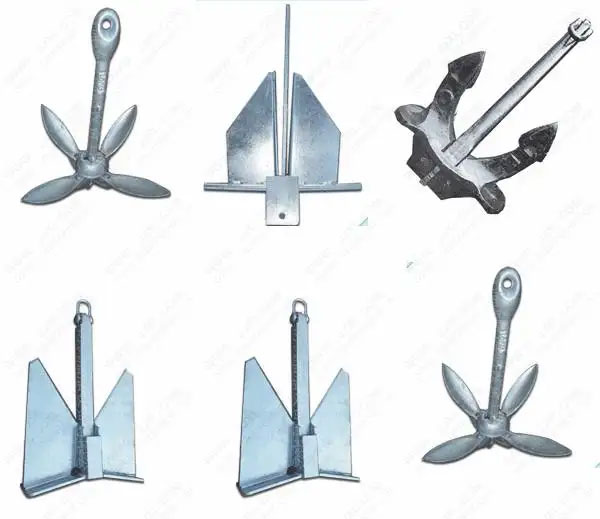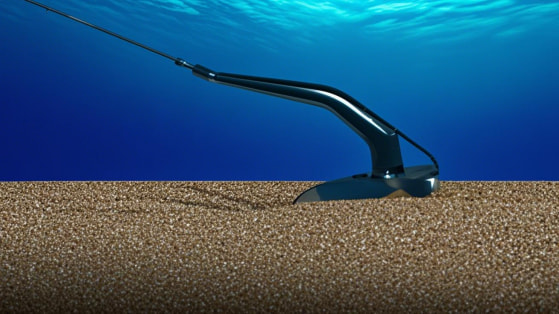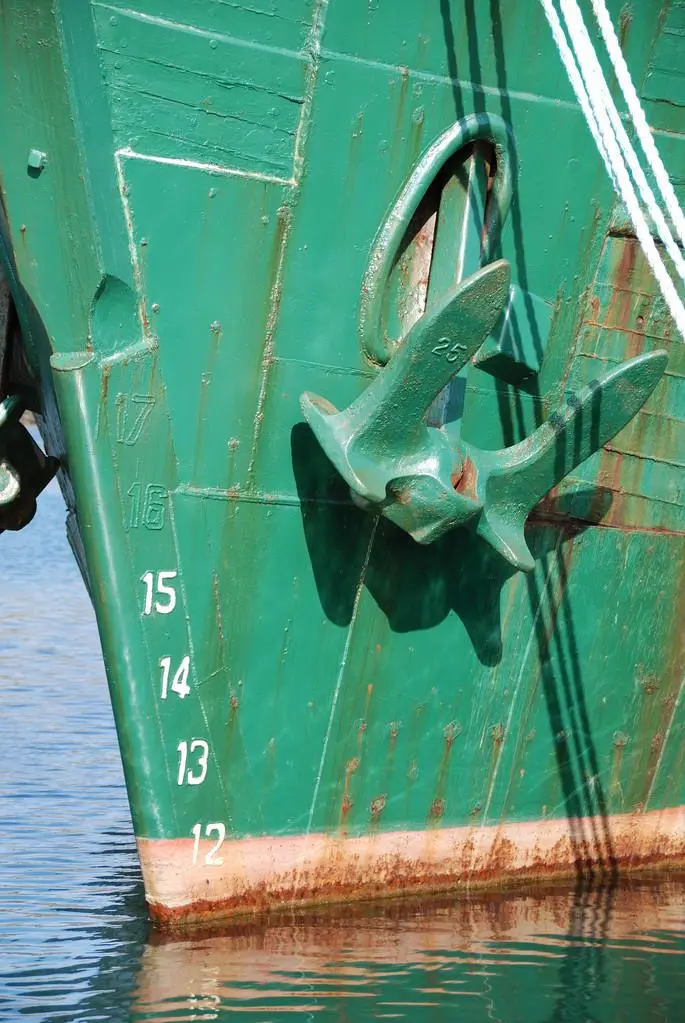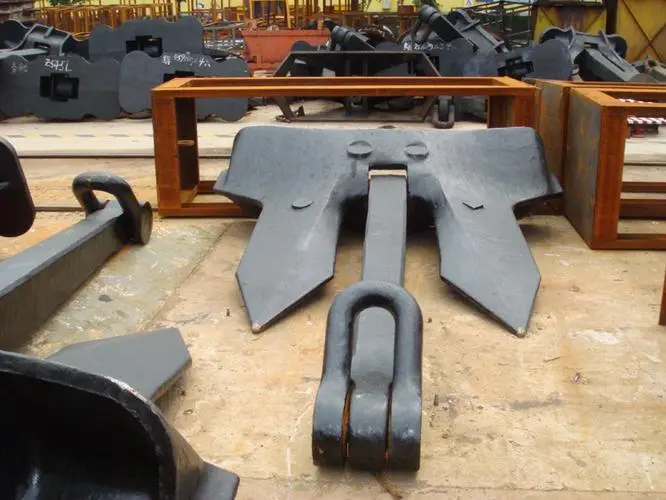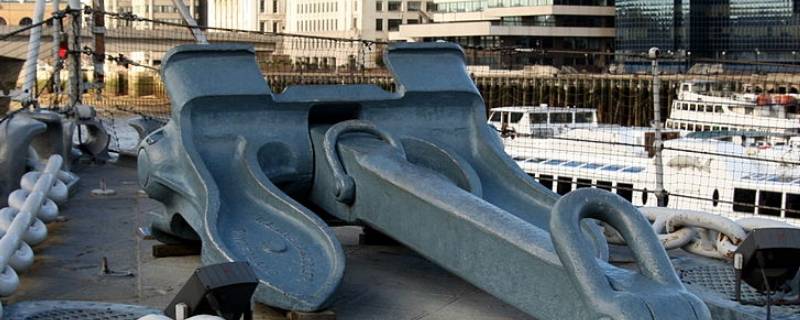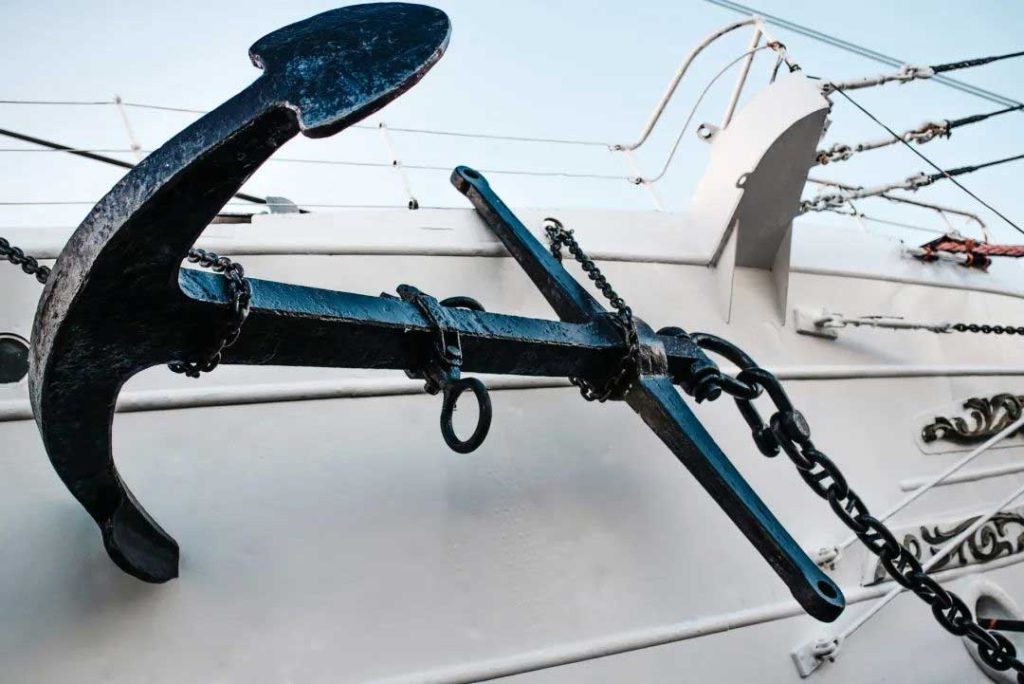For shipowners, sailing enthusiasts and short-distance voyagers, “whether a ship can anchor throughout the night” is a frequently encountered practical problem during navigation. Especially during long-distance voyages for temporary breaks, when exploring remote waters, or when berths at the wharf are tight and it is impossible to dock, overnight anchoring often becomes an alternative option. This article will clearly answer this core question, and at the same time systematically sort out the prerequisite conditions, operation procedures, regulatory requirements and common risk points for safe overnight anchoring using a reliable marine anchor, providing practical operation guidelines for seafarers of different experiences.

Is it Feasible To Drop Anchor At Night?
Yes! But safety conditions must be sufficient.
Anchoring overnight is popular on fishing vessels, and cruise ships. So long as you pick the appropriate anchoring location and use the right anchoring equipment and conduct rigorous inspections you will be able to comfortably stay the night.
Safety Prerequisites: Environment and Equipment Are Essential
- The anchoring environment must meet the following conditions:
- Protection from waves and winds: Leeward bays are the most important to protect natural harbors or protected areas to limit direct effects of waves and winds to the boat.
- Seabeds that are suitable for anchoring: Mud or sandy seabeds are the best because they allow the anchor’s claws to securely grasp the bottom. Avoid areas that have corals, rocks or grass, since they can create a challenge to secure the anchor, but could also cause damage to the anchor chain or anchor claws.
- Appropriate Water Depth:The anchoring area must meet the requirements of suitable water depth, usually 3-7 times the ship’s draft, to ensure that it will not run aground during high tide and that there is still enough anchor chain at low tide.
- Clear of Navigation Channels and Obstacles:Maintain a safe distance of 50–100 meters from navigation channels, reefs, and other obstacles to avoid close encounters with passing vessels.
2. Vessel status and equipment inspection:
- Anchor system: Ensure your Marine Anchor body is free from deformation, the anchor chain or rope shows no wear, and the strength matches that of the vessel.
- Anchor light and signal equipment: At night, a 360° white anchor light should be turned on (visible at a distance of more than 2 nautical miles), and a VHF radio should be provided.
- Emergency equipment: including backup anchors, emergency power supplies, life jackets, fire extinguishers, signal flares, etc.
Regulatory Premise: Compliance is The Basic Requirement for Anchoring
Verify whether the area is legally legal using marine charts and maritime notifications, or navigation applications to confirm that there are no anchor zone (such as protected zones or military zones ports areas of control).
Be sure to comply with the signal regulations In accordance with the Code International for Collision Avoidance Sea anchoring vessels, they must turn on the anchor lights. Ships that are longer than 50 meters in length are only required to put anchor lights in the bow.
When necessary, report: In controlled waters, the vessel information, anchor position and stay time must be reported to the maritime department.

Six-step Operation Method For Anchoring At Night
1. Screen suitable anchorages
Combining electronic charts with on-site observations, select areas with appropriate water depth, flat seabed and where other vessels using Marine Anchors are already anchored.
If you are in shallow water or muddy bottom, we recommend using a Danforth anchor, which is light and has a strong grip.
2. Inspect the mooring equipment
Confirm that the anchor is firmly connected to the anchor chain and the anchoring machine is operating normally. Prepare the spare anchor and emergency tools.
3. Standardize the anchoring operation
Stop the vessel against the wind or current, slowly lower the anchor until it reaches the bottom, and wait for the vessel to naturally retreat to insert the anchor claws into the seabed.
4. Test the stability of the anchor grip
Gently push the vehicle over to apply force, observe the GPS or reference objects on the shore, and confirm that the ship’s position has not moved.
5. Set up monitoring and alarm systems
Turn on the anchor light, set the GPS anchor position alarm (within a range of 50 to 100 meters), and keep the VHF radio unobstructed.
6. Pre-sleep check-ups and duty arrangements
Recheck the condition of the anchor chain and the surrounding environment, arrange for rotational duty or set up equipment alarms to ensure timely response.

Common Misunderstandings of Beginners
| Risk | Prevention Methods |
| The sudden change in wind direction caused the anchor to drag | The two-anchor system is used to enhance the fixing force |
| The anchor is not firmly anchored | Select the anchor suitable for the substrate, such as Danforth for sandy land and Plow for muddy land |
| The anchor chain is entangled or knotted | Clear the anchor chain before lowering the anchor and ensure smooth lowering |
| Get too close to other ships | Reserve a sufficient turning radius and a safety distance of at least 50 to 100 meters |
| Low visibility at night | Turn on the anchor lights and stern lighting to maintain visibility |
Recommendation: If you often sail at night or stay at anchor for long periods of time, consider purchasing a marine anchor with high corrosion resistance and strong grip to ensure that it remains reliable in complex waters.
How to safely anchor?
List of Practical Equipment
- Main anchor and backup anchor
- Anchor light / boat signal light
- Anchor lights and Marine signal lights
- GPS positioning and anchor position alarm
- Manual or electric anchor machine
- Anti-slip gloves, anchor chain hooks, emergency cable cutters
Can One Sleep When Anchored?
Sure, but make sure:
The anchor has been firmly grasped after passing the reverse test.
The anchor light and alarm have been turned on.
The weather is stable and no other ships are approaching.
Multi-person vessels can take turns on duty, while single-person vessels should be equipped with equipment alarms and remain vigilant.
Conclusion
Anchoring at night shouldn’t be terrifying; the secret is planning. When you follow the proper procedure and select a durable Marine Anchor with the right anchoring equipment, you will be able to relax at night by the sea.
An anchor of high-quality is much more than just an item of equipment. it’s your defender at the sea.

